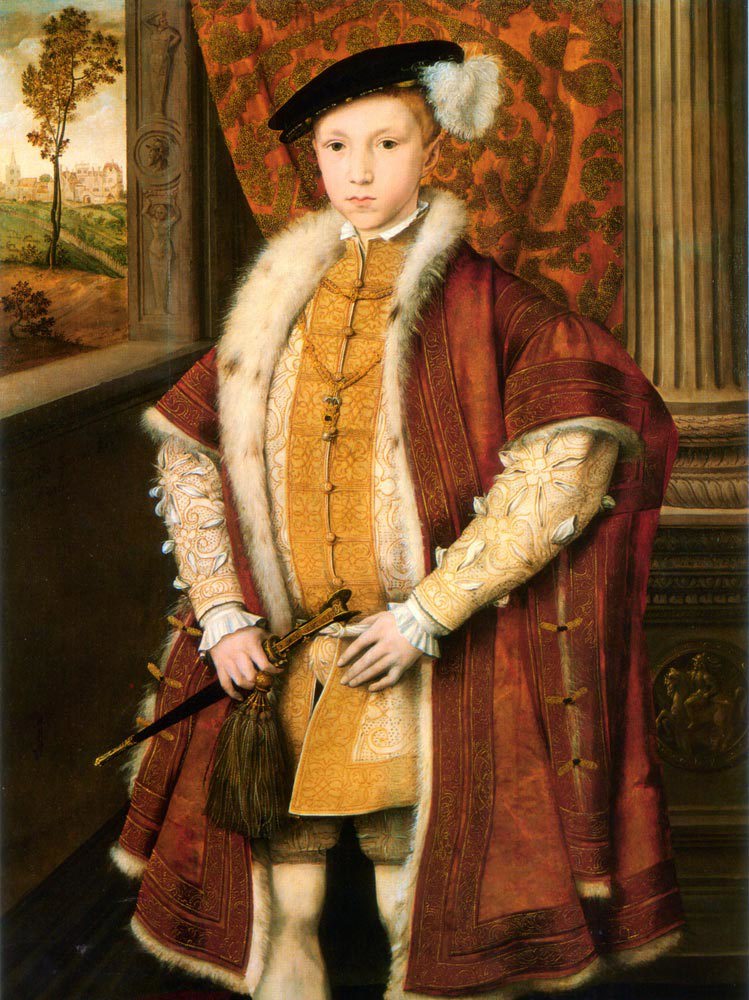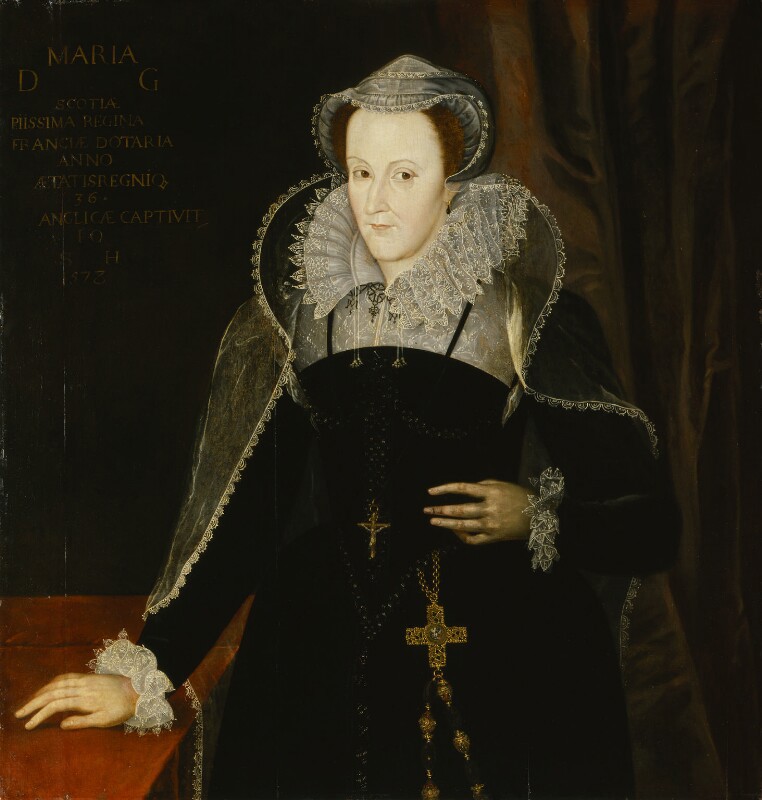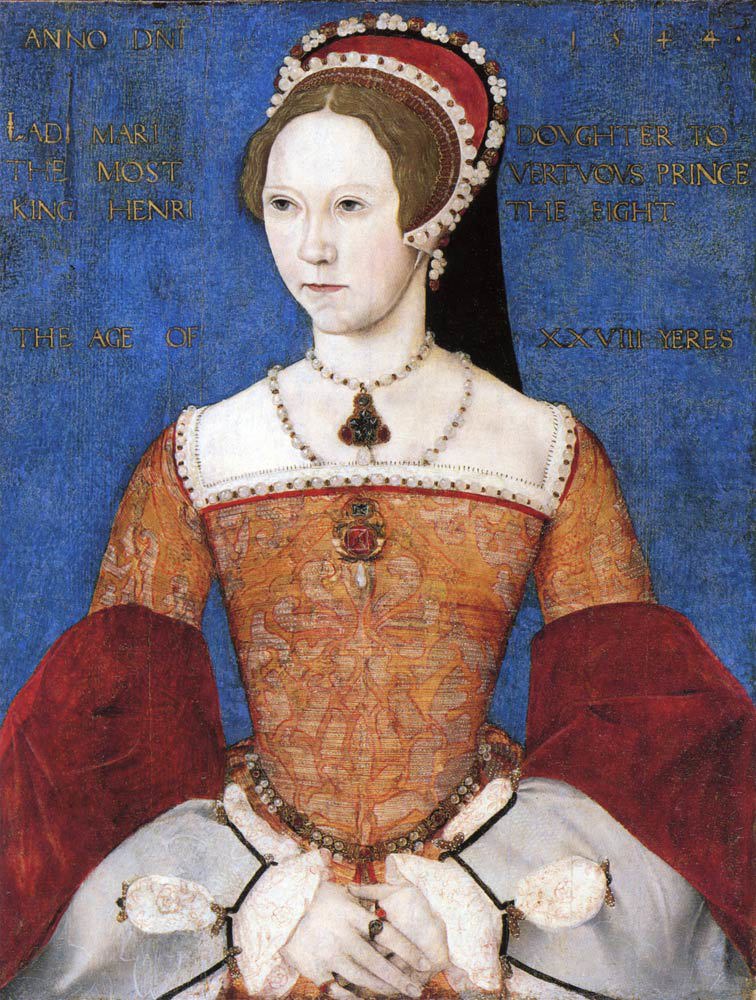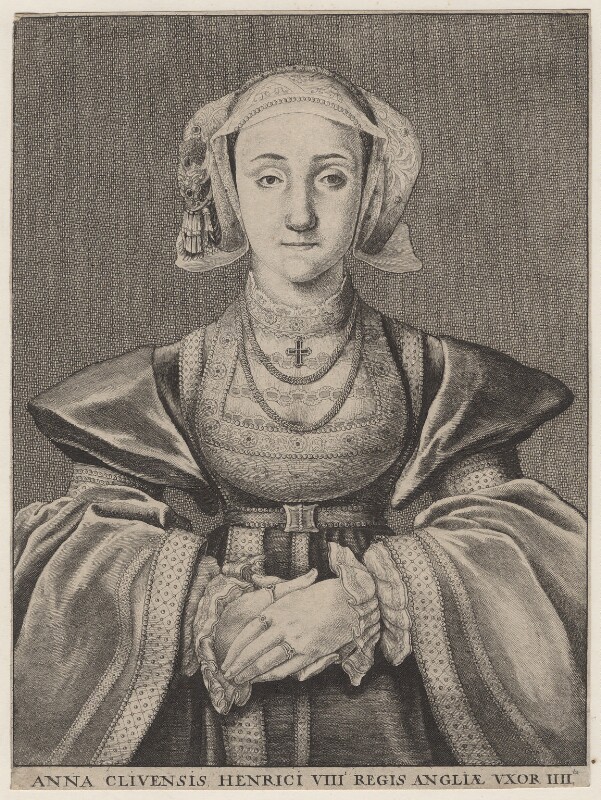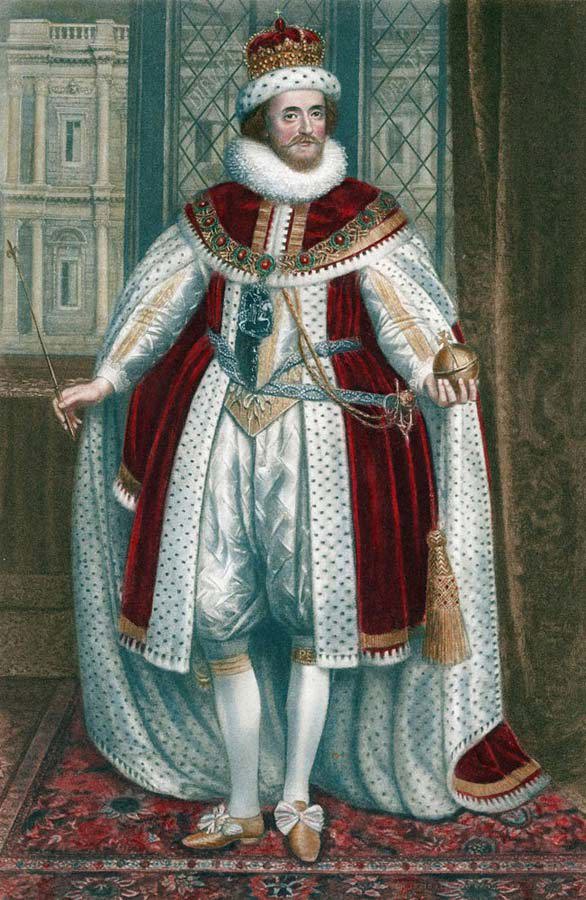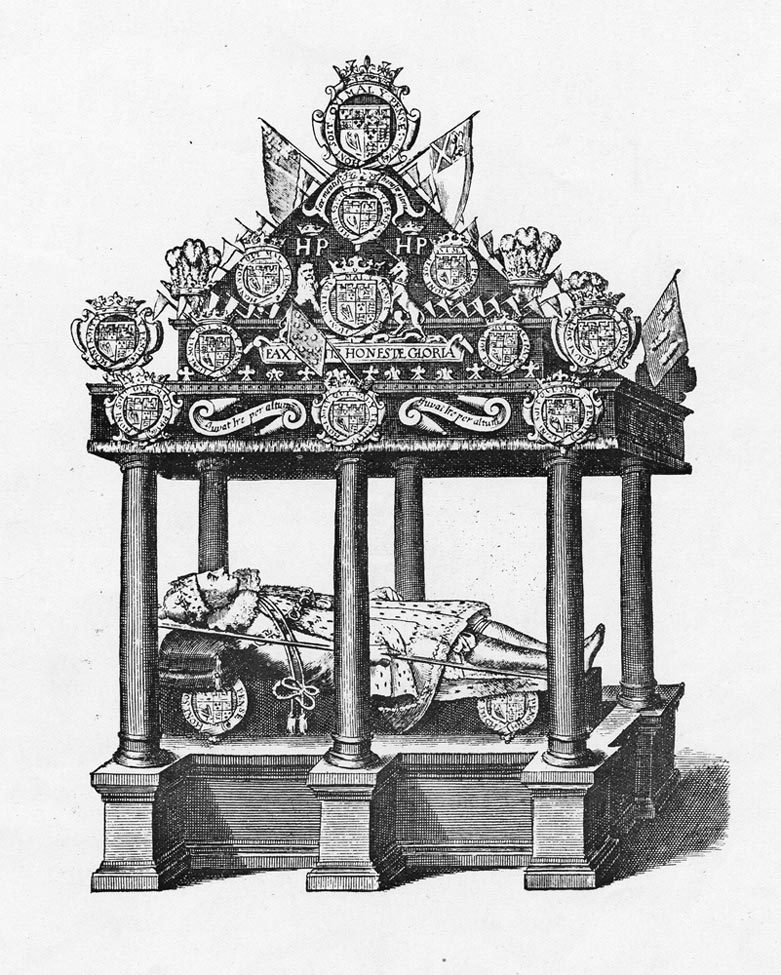Elizabeth I
Queen Elizabeth I was crowned in Westminster Abbey in 1559 and buried in 1603.
Queen Elizabeth I was the daughter of King Henry VIII and Anne Boleyn and was born at Greenwich on 7th September 1533. She succeeded her half-sister Mary I in 1558.
Queen Elizabeth was the foundress of the present Collegiate Church of St Peter (the formal title for the Abbey) in 1560 (by charter of 21 May) and her long reign was one of the most brilliant in English history. It is remembered for the defeat of the Spanish Armada, the execution of Mary Queen of Scots and for voyages of exploration and discovery. The colony of Virginia in America was named after the "Virgin Queen".
Literature flourished in her reign with writers such as William Shakespeare and Edmund Spenser. Noted for her vanity and love of jewels and dancing she had many admirers but never married. One of her "favourites" Sir Walter Raleigh is buried in St Margaret's Westminster and he is shown with the Queen in the stained glass in the west window there.
When was Elizabeth I's coronation?
Elizabeth was crowned at Westminster Abbey on 15th January 1559 by Dr Oglethorpe, Bishop of Carlisle. The Archbishop of Canterbury usually performs this ceremony but the See was vacant at that time and the Archbishop of York had refused to take the service. The ceremony was partly in the traditional Latin and partly in English.
What happened at Elizabeth I's funeral and burial?
Elizabeth I died on 24th March 1603 at Richmond Palace. Her death was an occasion of universal mourning. For some days the body lay at Richmond and then was brought by barge to Whitehall Palace to lie in state. On 28th April 1603, thousands of people turned out to see her funeral procession to the Abbey when there was "such a general sighing, groaning and weeping as the like hath not been seen or known in the memory of man". The coffin, covered in purple velvet, was borne on a chariot drawn by four grey horses with black trappers. The coloured wooden funeral effigy lay on top of the coffin.
Her body was encased in lead within the wooden coffin and first buried in the vault of her grandfather King Henry VII (underneath his monument) in the Abbey. James I did not attend the ceremony. No details are known of the music but there would have been a setting of the burial service, perhaps composed by Thomas Morley. The choirs of the Abbey and Chapel Royal were present with other musicians playing instruments.
What has happened to Elizabeth I's funeral effigy?
The original funeral effigy, by John Colt (brother of Maximilian), that had been carried on her hearse was remade in 1760 with a wax head and new outer clothes. The original, and unique, corset from the 1603 effigy still survives however and after recent conservation was displayed separately from the clothed effigy.
What does Elizabeth I's memorial look like?
King James I erected the large white marble monument to her in the north aisle of Henry VII's chapel (less tall than the monument James later erected for his mother Mary, Queen of Scots in the opposite aisle of the chapel). This was made by sculptor Maximilian Colt and painted by Jan de Critz. The recumbent effigy resembles portraits of the Queen in old age. The cost was £1,485.
In 1606 the Queen's coffin was transferred to a vault below the new monument and placed on top of the coffin of her half sister Mary I.
The gilded collar, with a representation of the "Burgundy" or "Three Brothers" pendant, was added in 1975 and made by Mrs H. Hughes. The crown (designed by Janet Arnold). the cross on the orb and the sceptre the Queen holds are also modern replacements, the originals having been stolen centuries ago. These were the gift of Mr Brian Court Mappin.
The railing around the tomb (designed by J. Peter Foster in 1983) is another modern replacement for a lost original. Although the effigy is now just white marble a drawing found in Germany, dated 1618-20, shows the queen wearing an ermine lined crimson robe with a blue orb in her hand, a coloured dress and flesh colouring on her face. The four lions at each corner of the effigy were gilded. No trace of this colour now remains.
What does the inscription say on Elizabeth I's memorial?
The Latin inscriptions can be translated:
Sacred to memory: Religion to its primitive purity restored, peace settled, money restored to its just value, domestic rebellion quelled, France relieved when involved with intestine divisions; the Netherlands supported; the Spanish Armada vanquished; Ireland almost lost by rebels, eased by routing the Spaniard; the revenues of both universities much enlarged by a Law of Provisions; and lastly, all England enriched. Elizabeth, a most prudent governor 45 years, a victorious and triumphant Queen, most strictly religious, most happy, by a calm and resigned death at her 70th year left her mortal remains, till by Christ's Word they shall rise to immortality, to be deposited in the Church [the Abbey], by her established and lastly founded. She died the 24th of March, Anno 1602 [this is Old Style dating, now called 1603], of her reign the 45th year, of her age the 70th.
To the eternal memory of Elizabeth queen of England, France and Ireland, daughter of King Henry VIII, grand-daughter of King Henry VII, great-grand-daughter to King Edward IV. Mother of her country, a nursing-mother to religion and all liberal sciences, skilled in many languages, adorned with excellent endowments both of body and mind, and excellent for princely virtues beyond her sex. James, king of Great Britain, France and Ireland, hath devoutly and justly erected this monument to her whose virtues and kingdoms he inherits.
On the base of the monument:
Partners in throne and grave, here we sleep Elizabeth and Mary, sisters in [the] hope of the Resurrection.
Tomb dimensions in metres: 3 x 4.3
What is the Essex Ring?
The so-called "Essex Ring" that the Queen is said to have given to one of her favourites, Robert Devereux, Earl of Essex, was presented to the Abbey by Ernest Makower in 1927. She had, as the story goes, given this to Essex saying that should he ever be in trouble he should return it to her and she would save him.
This he endeavoured to do when under sentence of death but the ring fell into the hands of his enemies and never reached the Queen. After Robert's execution in 1601 the ring was returned to his widow and descended from mother to daughter through the family until it was sold by the Thynne family in 1911. This is gold with a sardonyx cameo bust of the Queen, who wears an auburn wig.
The inside is enamelled with blue flowers, probably forget me nots, on a gold ground. The ring was originally fixed on a mount on the side of the tomb but was later displayed in the Abbey Museum for many years. It appears to have been made for a female finger and to have been subsequently enlarged. The Essex Ring is now ong display in the Queen's Diamond Jubilee Galleries.
What do we know about this portrait of Elizabeth I?
A portrait of the Queen hangs in the Dean's residence. This is dated 1595 and was given by Joseph Wilcocks, Dean of Westminster. The face was overpainted in the 18th century to make her look more youthful.
Further reading and information
- The funeral effigy, corset and ring are on display in the Abbey's Queen's Diamond Jubilee Galleries
- See also Martyrs of the Reformation entry for the stone set in the floor beside Elizabeth and Mary's tomb
- Oxford Dictionary of National Biography (2004)
- The Theatre of Death. The ritual management of royal funerals 1570-1625 by Jennifer Woodward (1997)
- A drawing of her funeral procession is at the British Library. Papers on the funeral are at The National Archives
- Order and proceeding at the funerall of...Elizabeth Queen of England...to Westminster in Henry Chettle Englands Mourning Garment... 1603
- The Funeral Effigies of Westminster Abbey edited by Anthony Harvey and Richard Mortimer (revised reprint 2003)
- Queen Elizabeth by J.E. Neale, 1934
- Elizabeth the Great by E. Jenkins, 1958
- The drama of coronation...by Alice Hunt, 2008
- British Royal...funerals. Music and ceremonial since Elizabeth I by M. Range, 2016
- The 'pair of straight bodies' and ' a pair of drawers'...1603 which clothe the effigy of Elizabeth I by Janet Arnold, in Costume vol.41, 2007
- A study of the clothes and regalia on the tomb of Elizabeth I... by Janet Arnold in Journal of the International Association of Costume no.7 (Tokyo, 1990)
- The Prayer Book of Queen Elizabeth 1559 (from originals in the British Library etc) intro. by William Benham, 1911
- The Real Tudors: kings and queens rediscovered by C. Bolland and T. Cooper, exhibition at National Portrait Gallery 2014
- The Royal Portrait, image and impact by J. Scott, 2010
- The monuments of Elizabeth Tudor and Mary Stuart: King James and the manipulation of memory by P. Sherlock, in Journal of British Studies 46, April 2007
- Historical Memorials of Westminster Abbey by A.P. Stanley, 3rd edition 1869 and later editions (describing the vault and coffin)
- Article about the German drawings is in the Burlington Magazine Dec 2009 by Professor Schlueter. Colt's coloured drawing of the monument is in the Bibliotheque Nationale, Paris.
- A CD was recorded by the Abbey Choir: Mary and Elizabeth at Westminster Abbey.
- Elizabeth I: a study in insecurity by Helen Castor
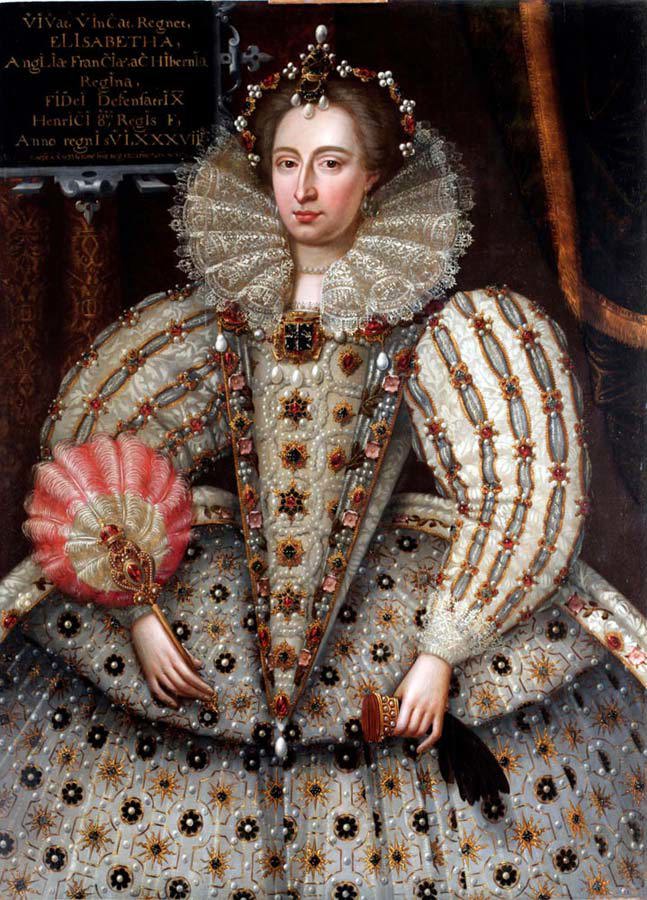
This image can be purchased from Westminster Abbey Library
Image © 2026 Dean and Chapter of Westminster

This image can be purchased from Westminster Abbey Library
Image © 2026 Dean and Chapter of Westminster
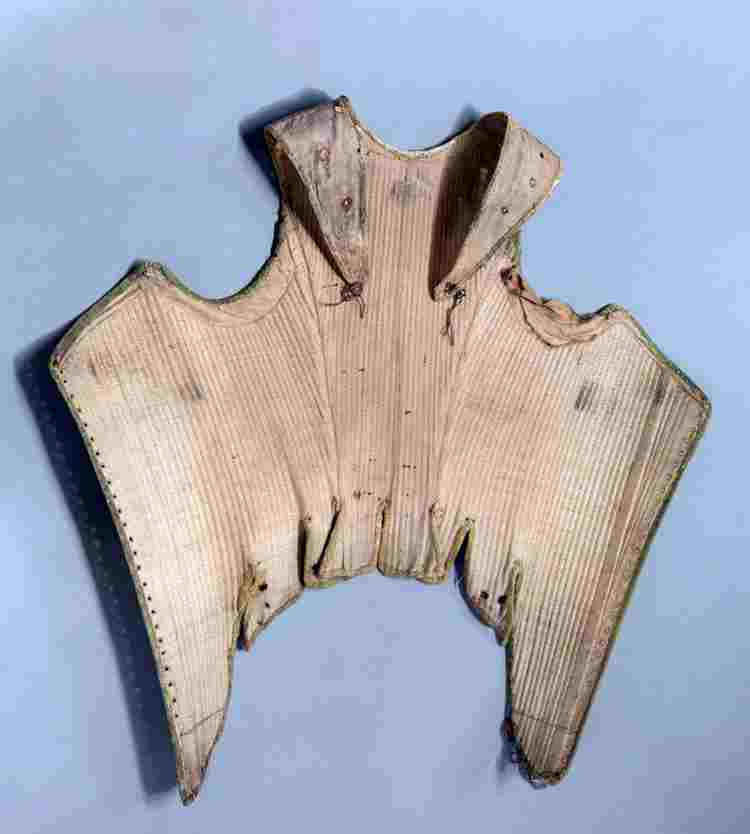
This image can be purchased from Westminster Abbey Library
Image © 2026 Dean and Chapter of Westminster
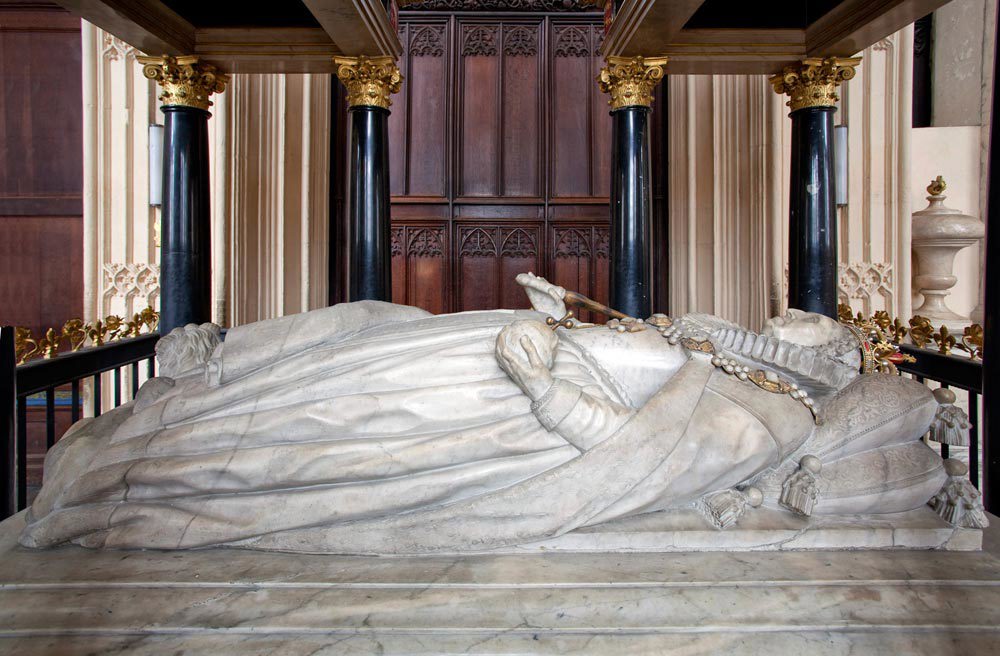
This image can be purchased from Westminster Abbey Library
Image © 2026 Dean and Chapter of Westminster
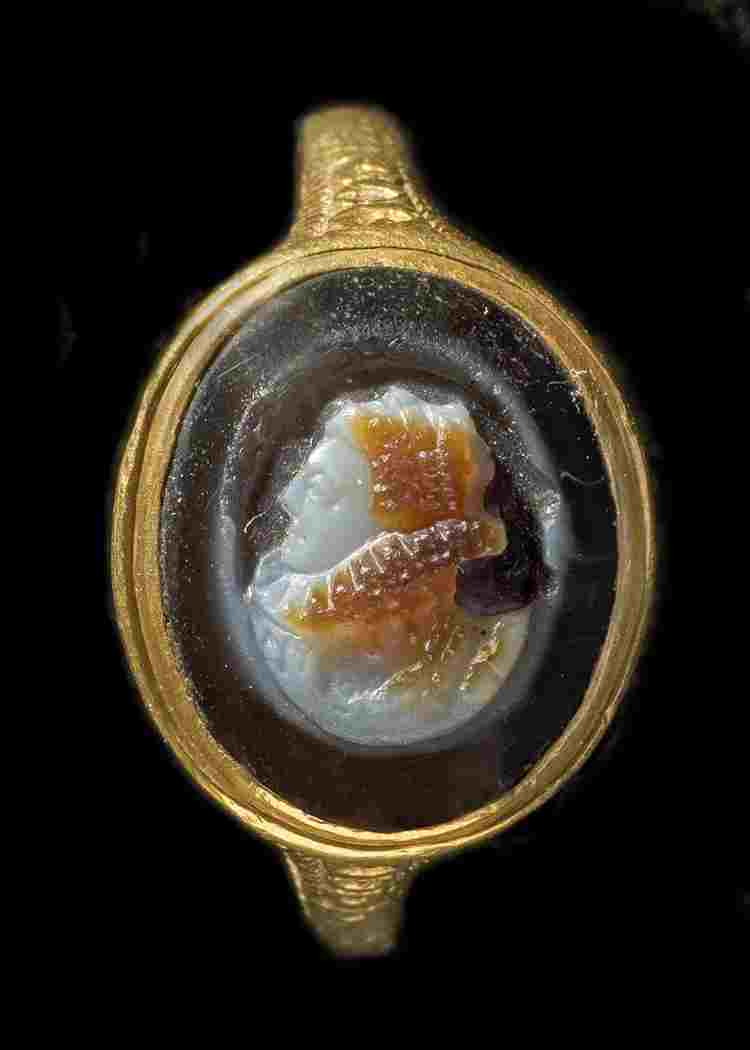
This image can be purchased from Westminster Abbey Library
Image © 2026 Dean and Chapter of Westminster
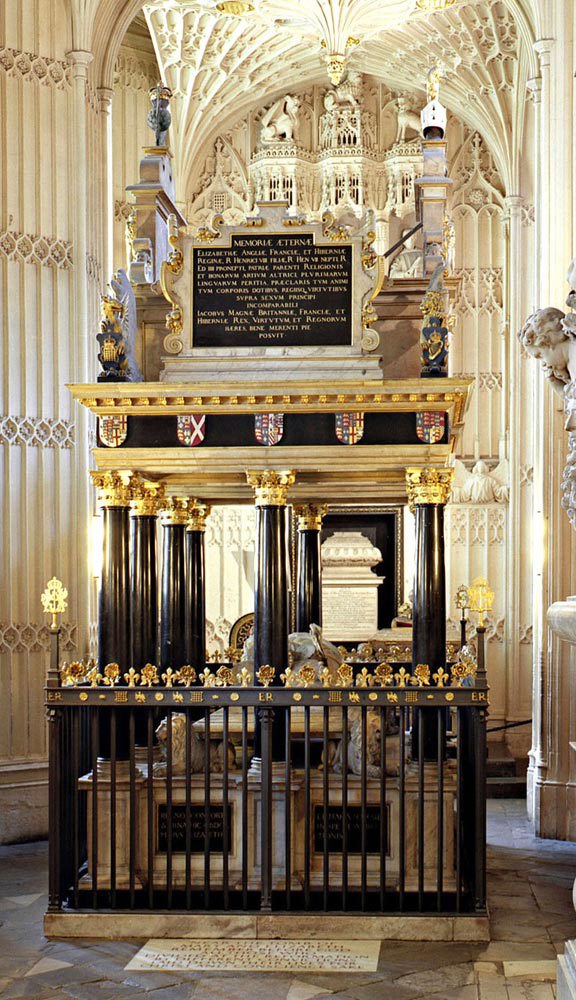
This image can be purchased from Westminster Abbey Library
Image © 2026 Dean and Chapter of Westminster
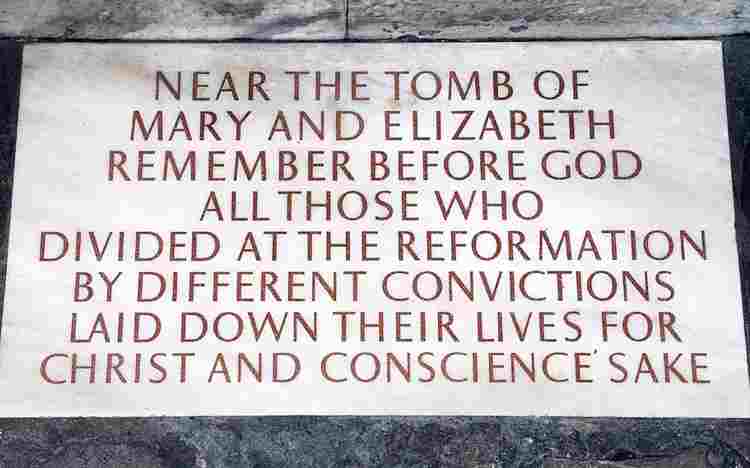
This image can be purchased from Westminster Abbey Library
Image © 2026 Dean and Chapter of Westminster
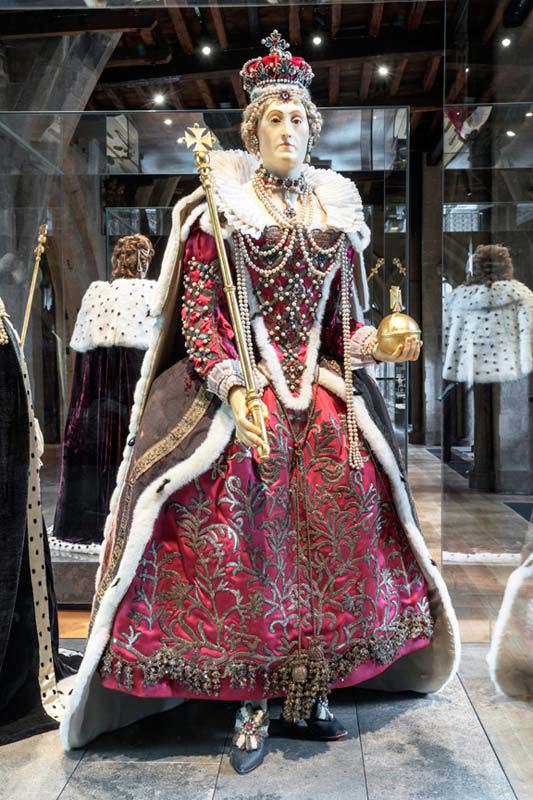
This image can be purchased from Westminster Abbey Library
Image © 2026 Dean and Chapter of Westminster
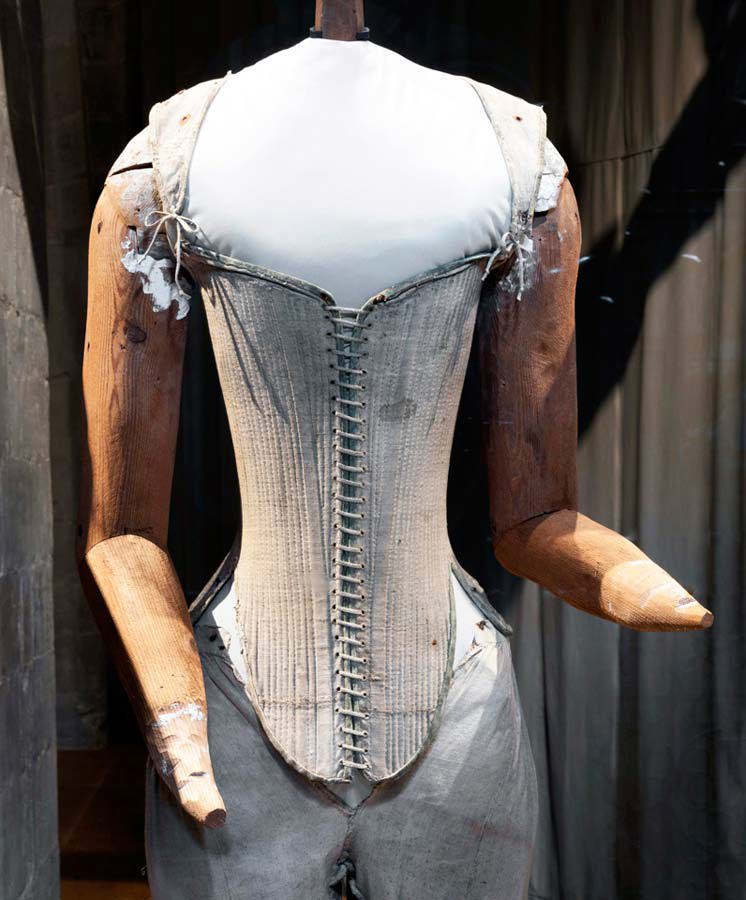
This image can be purchased from Westminster Abbey Library
Image © 2026 Dean and Chapter of Westminster
